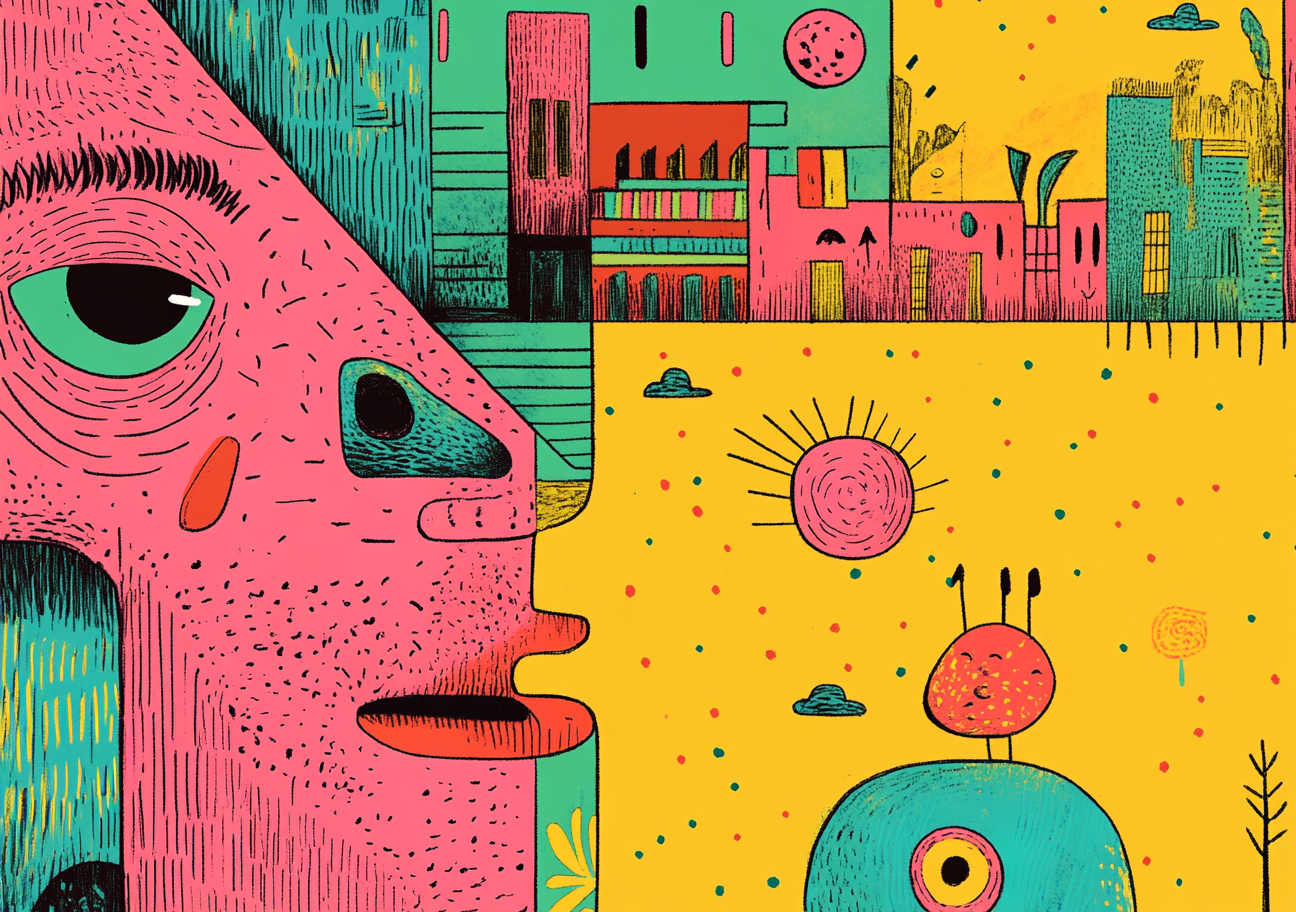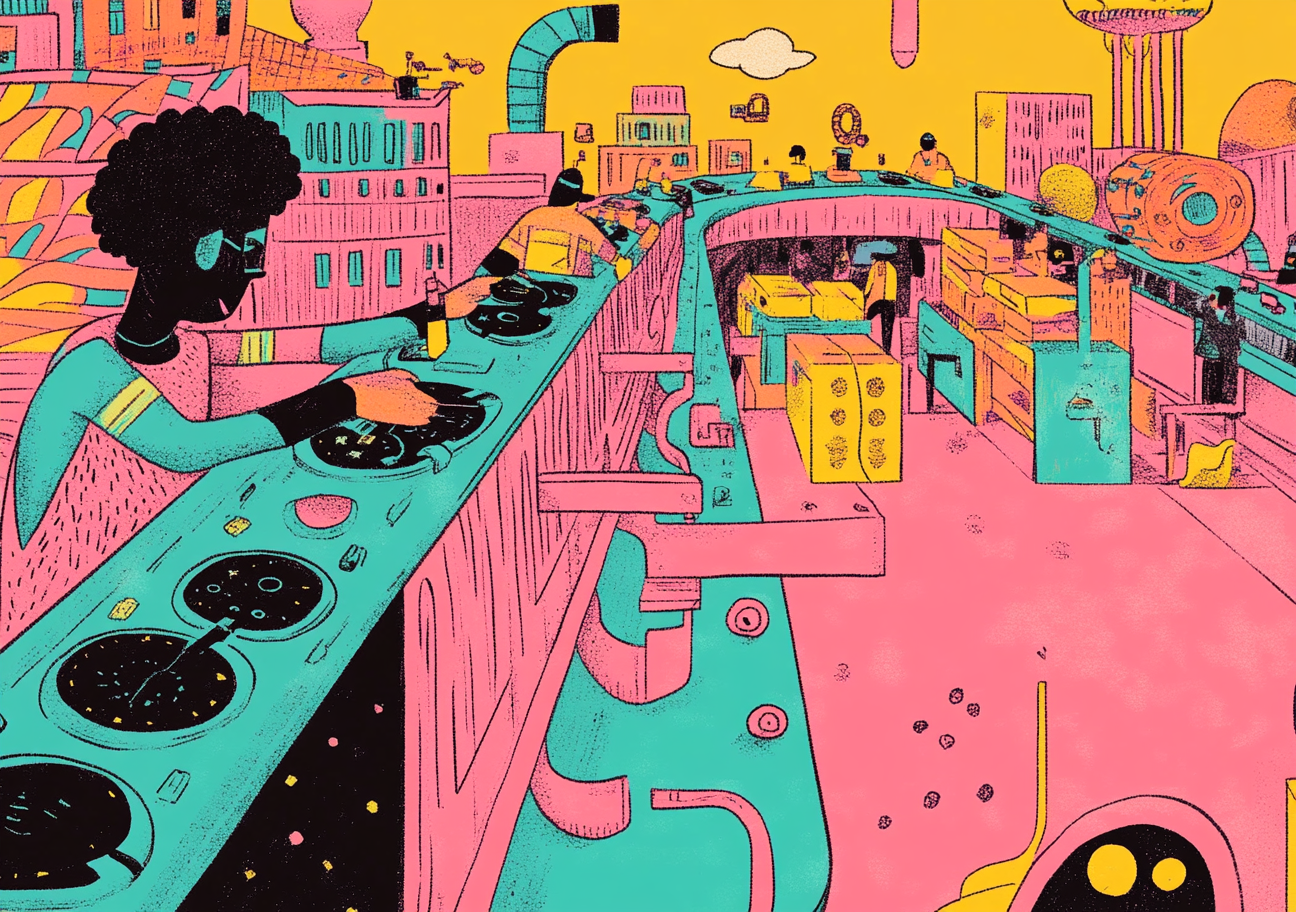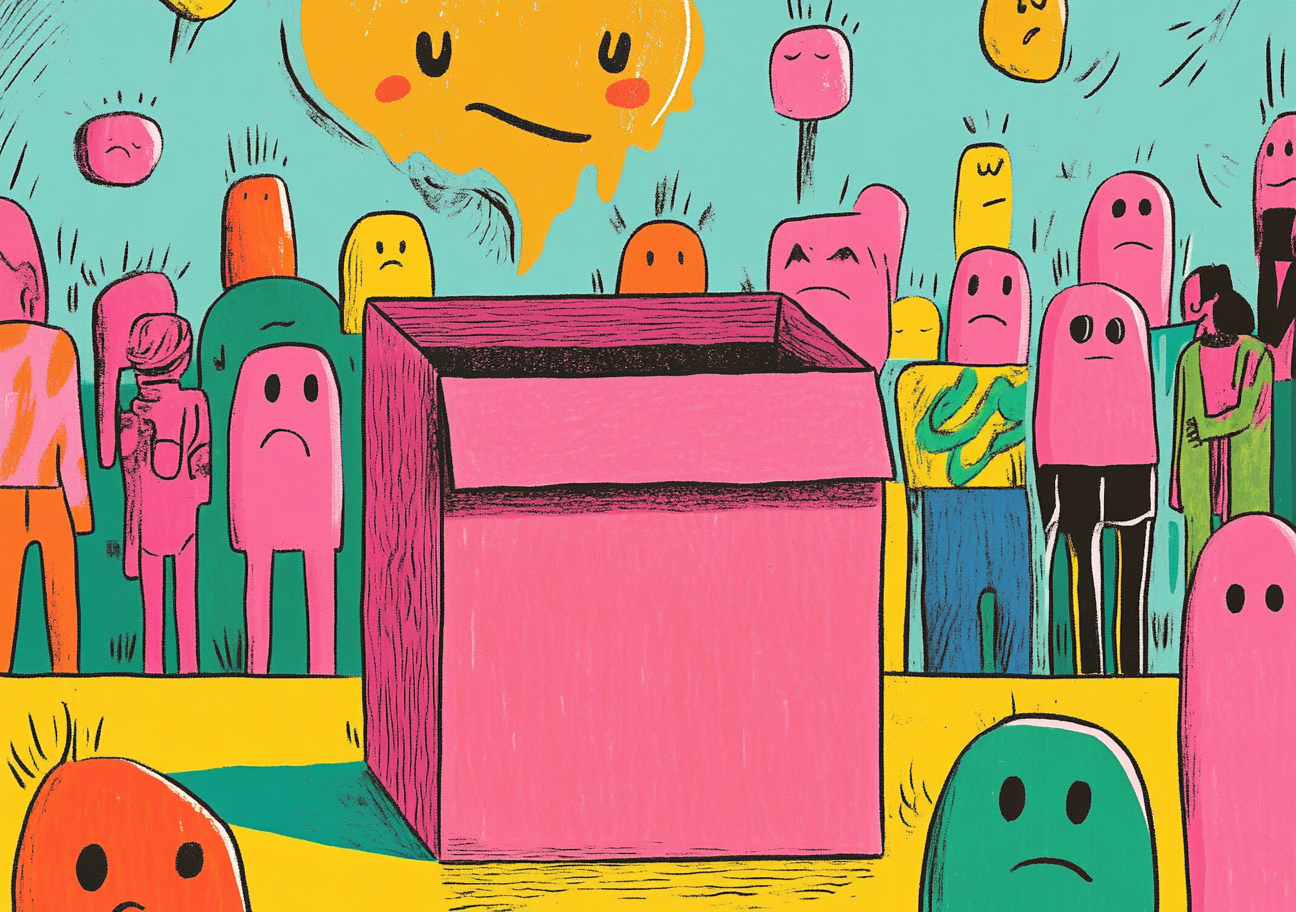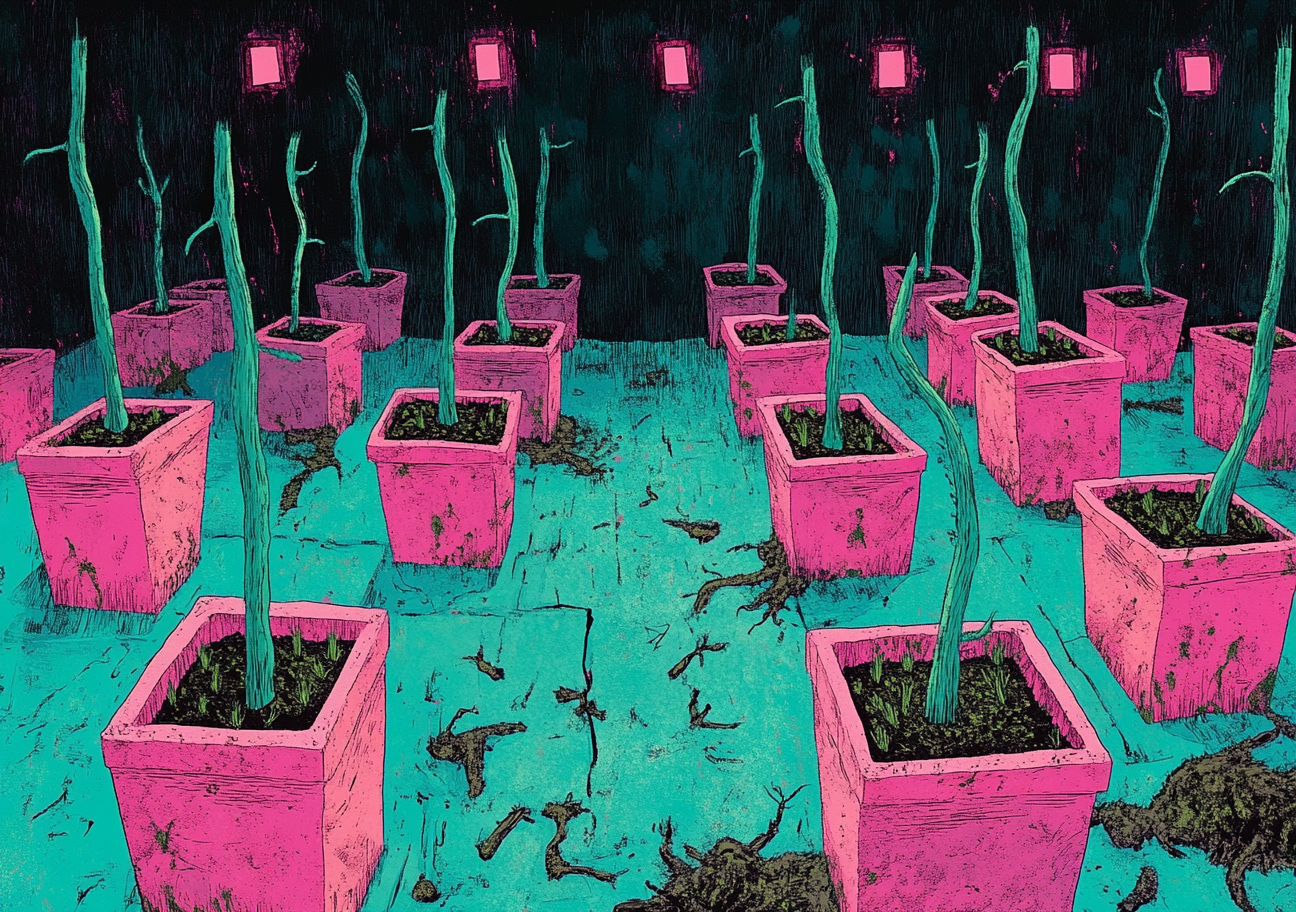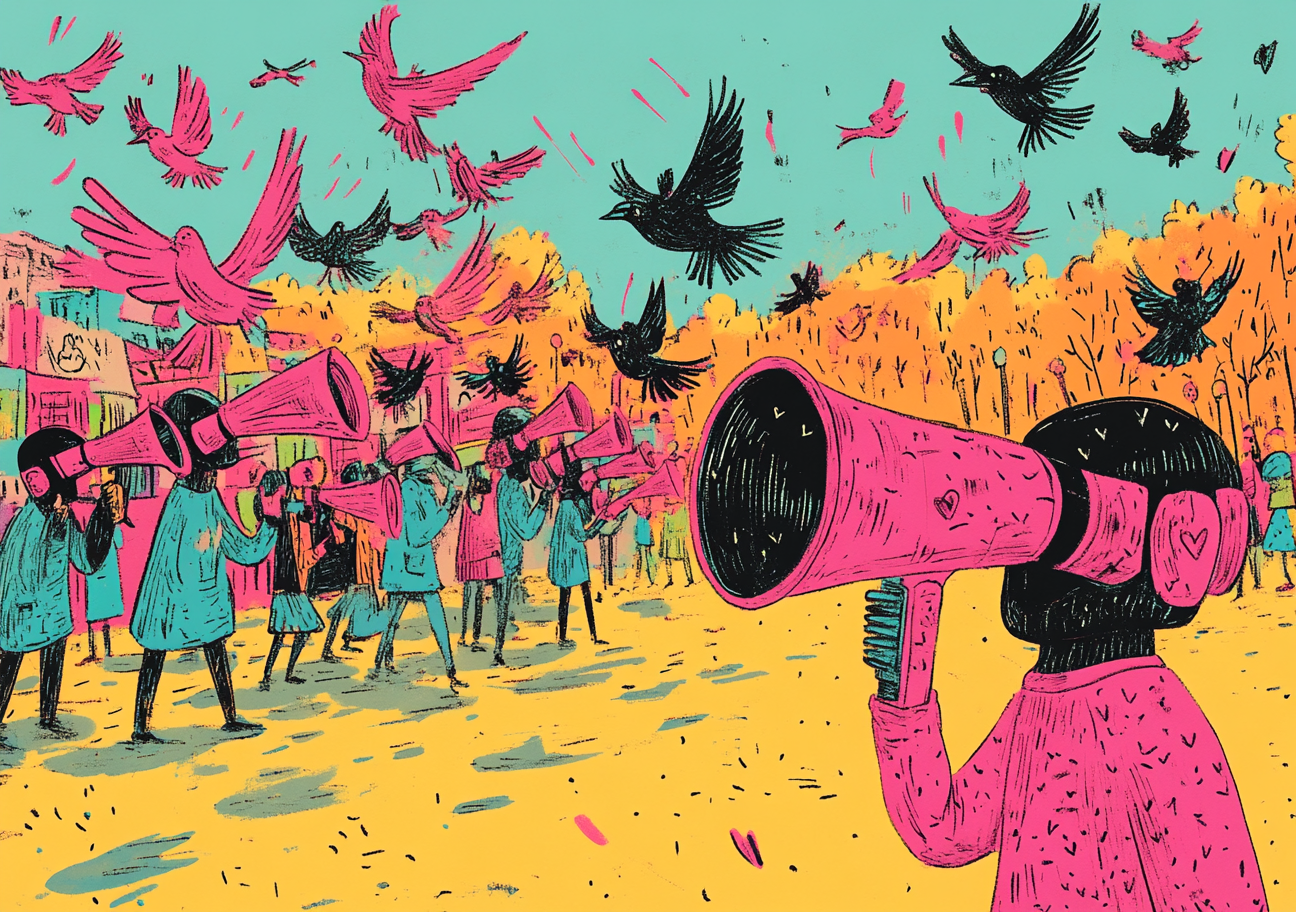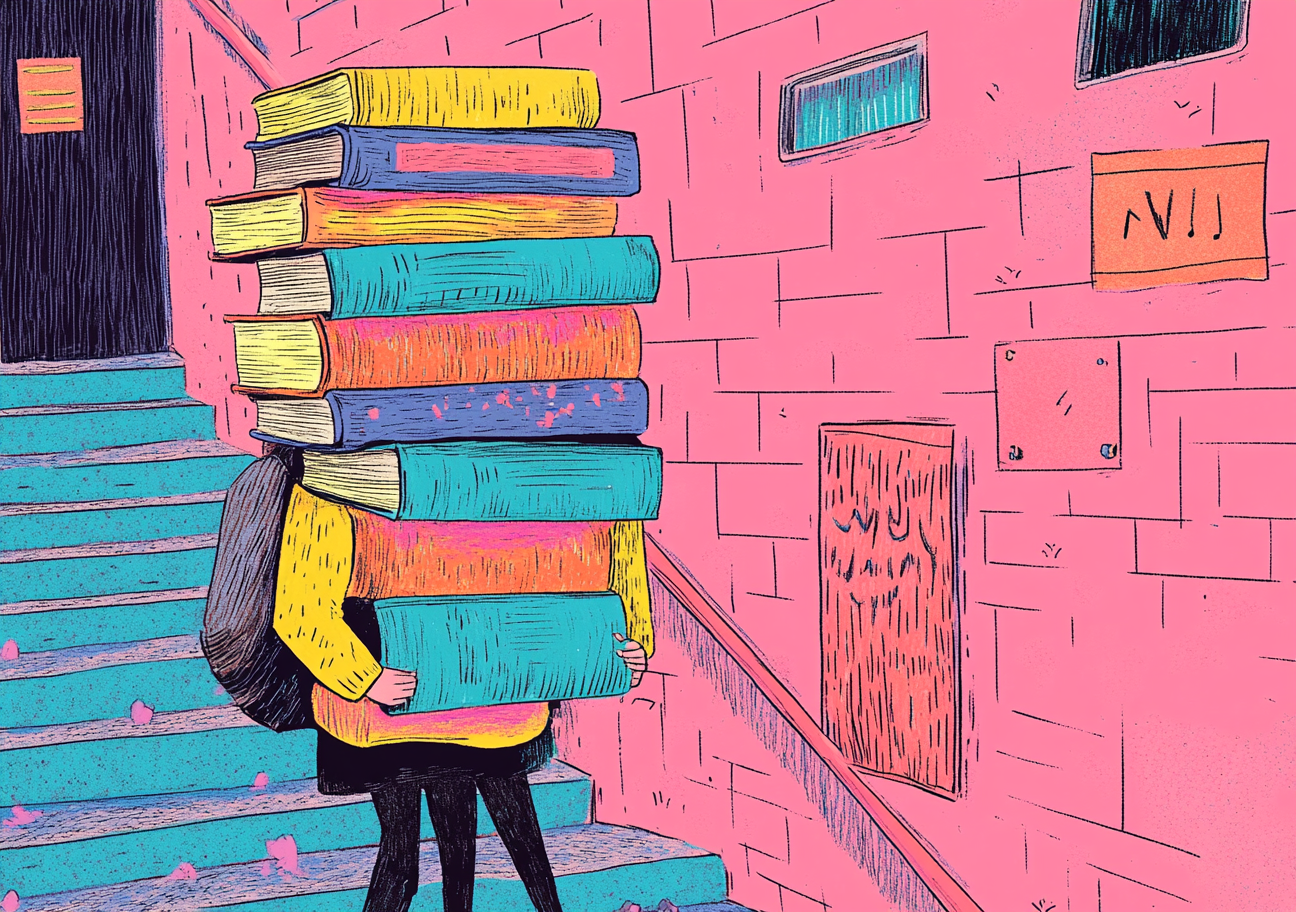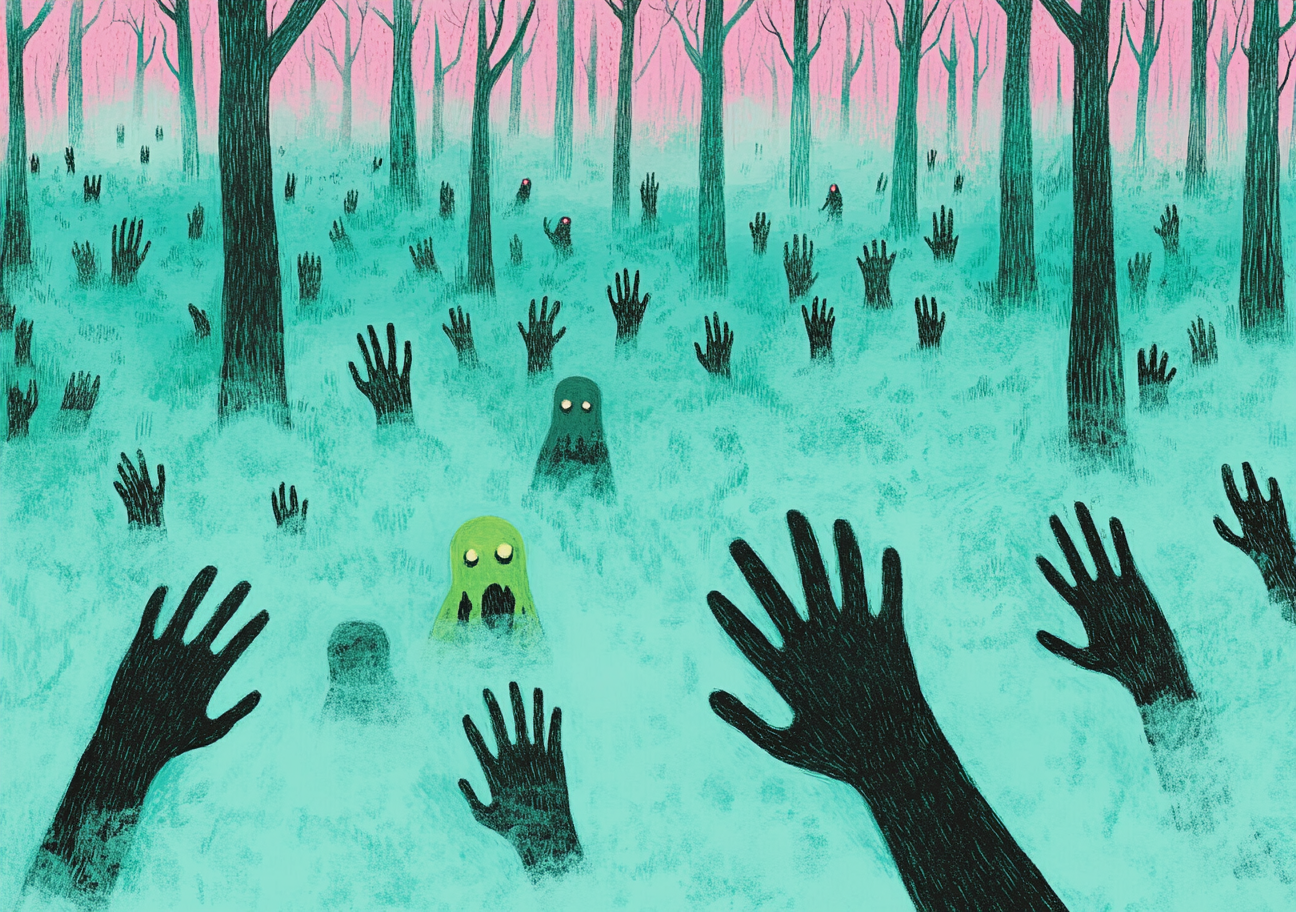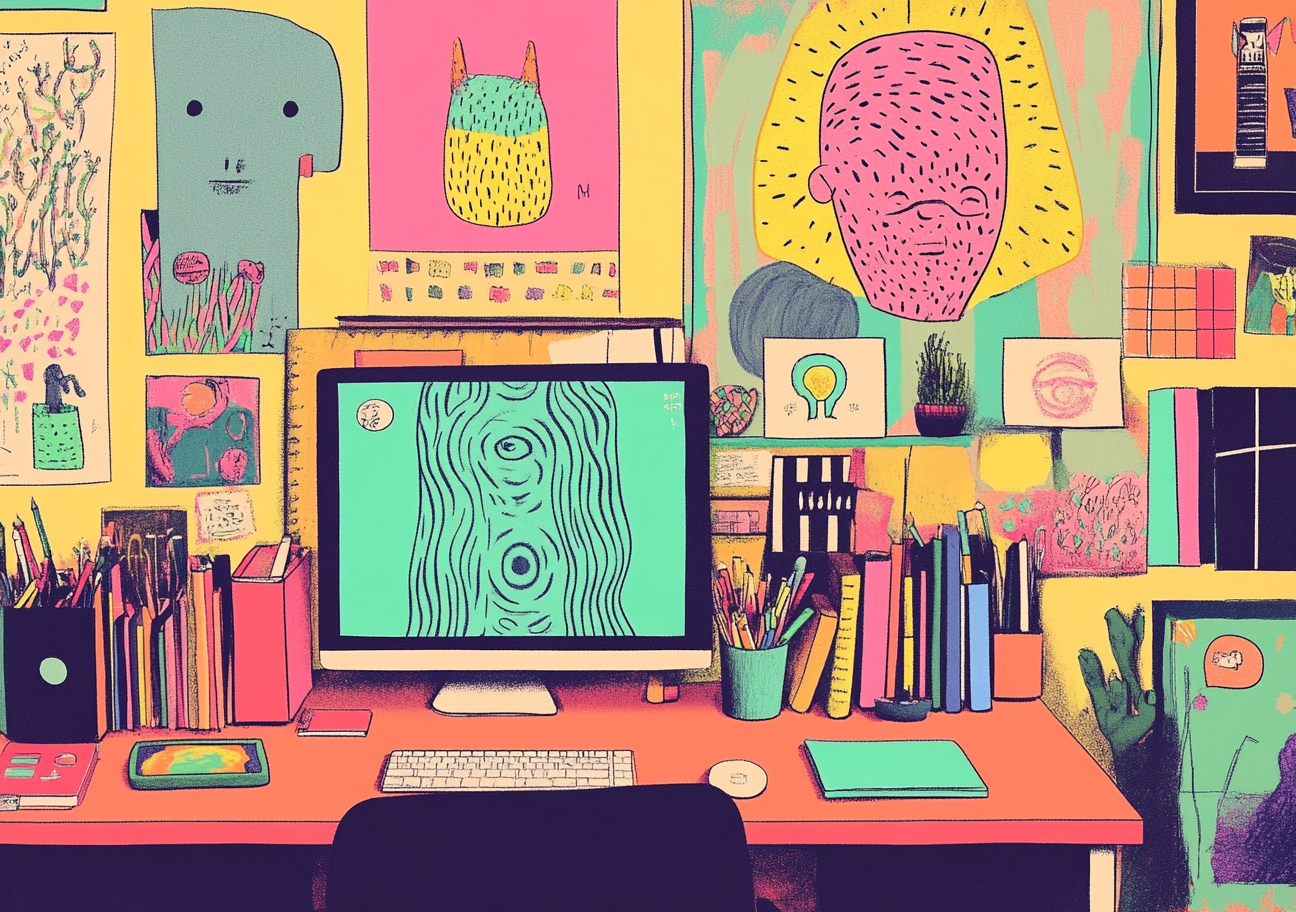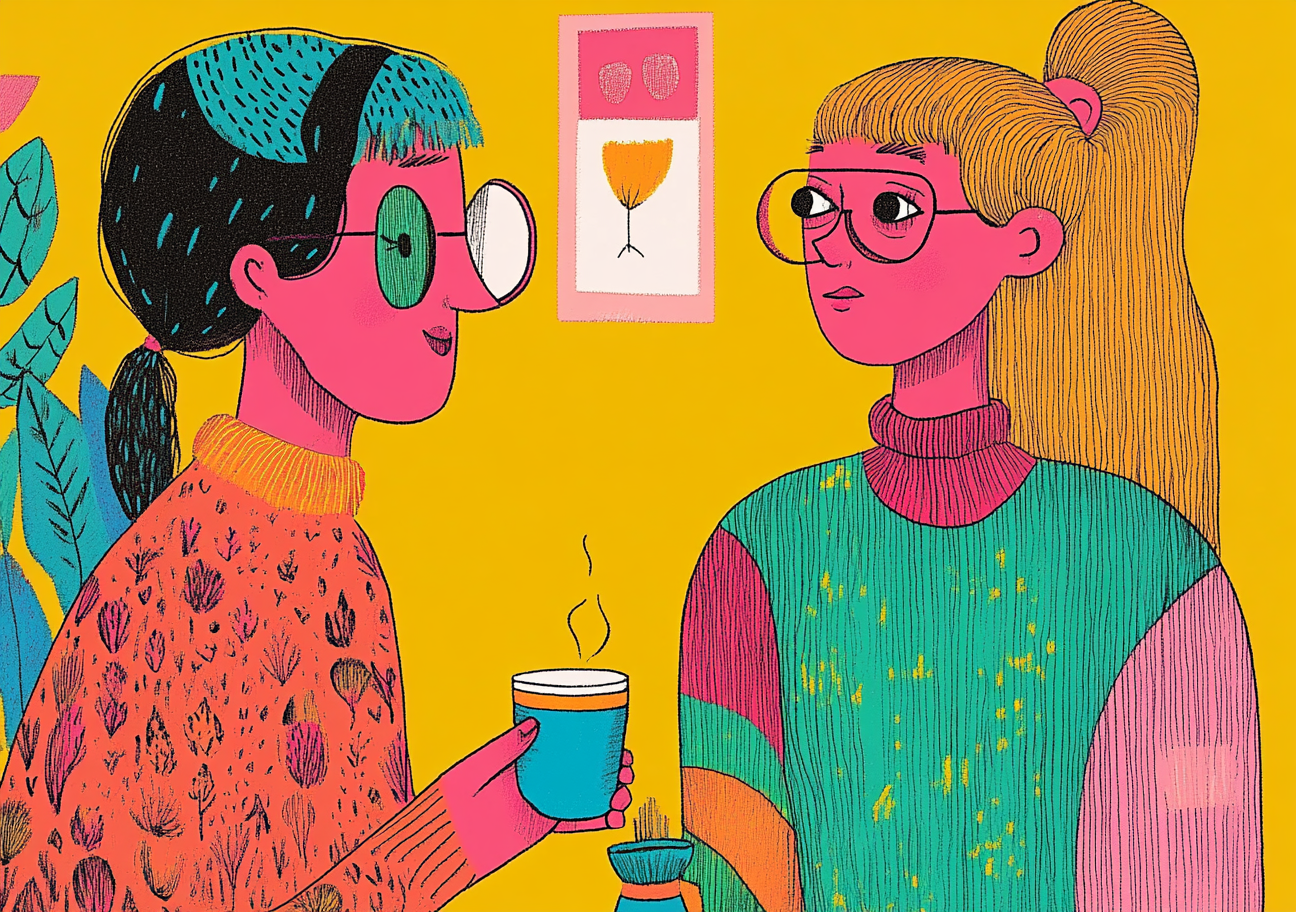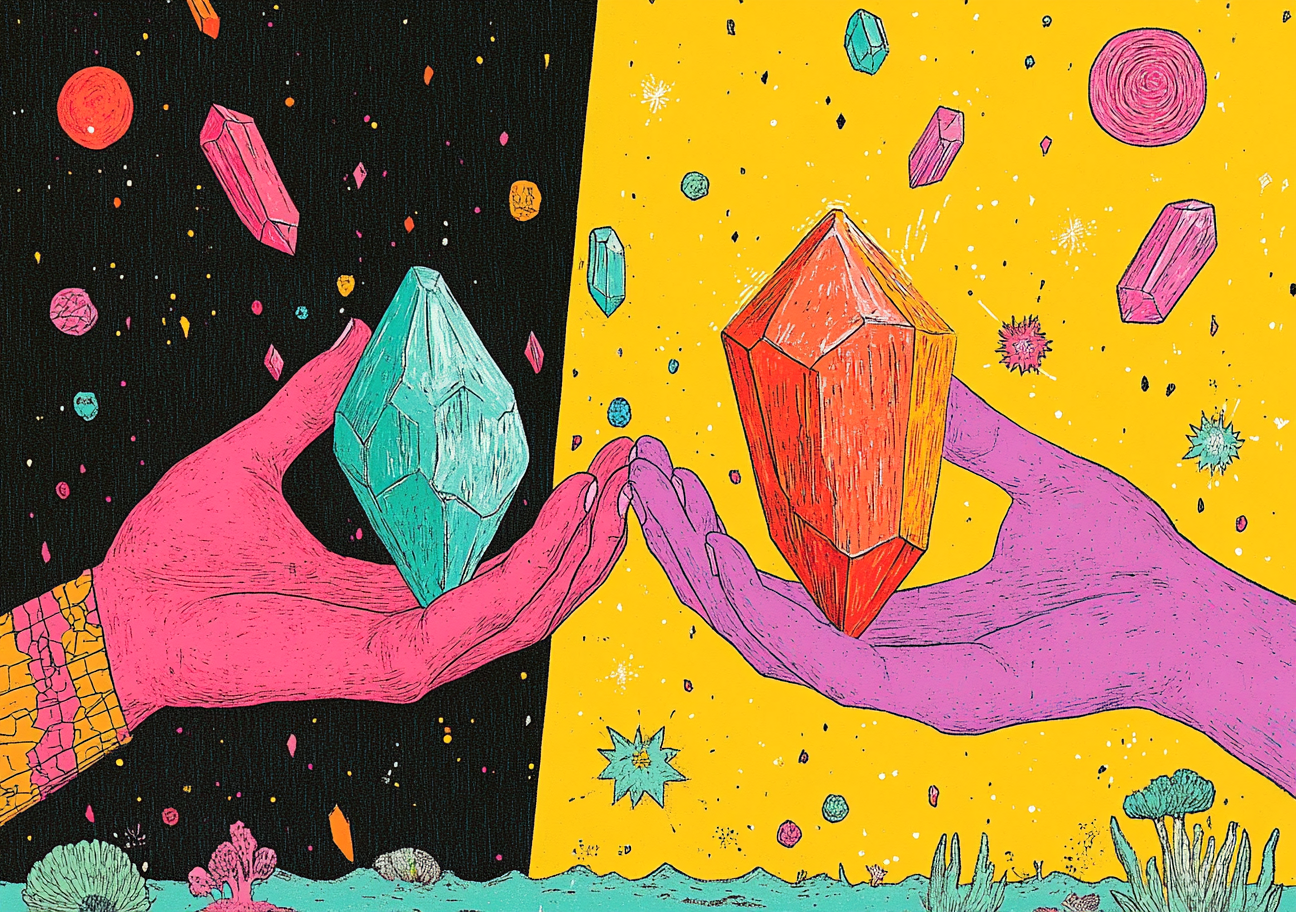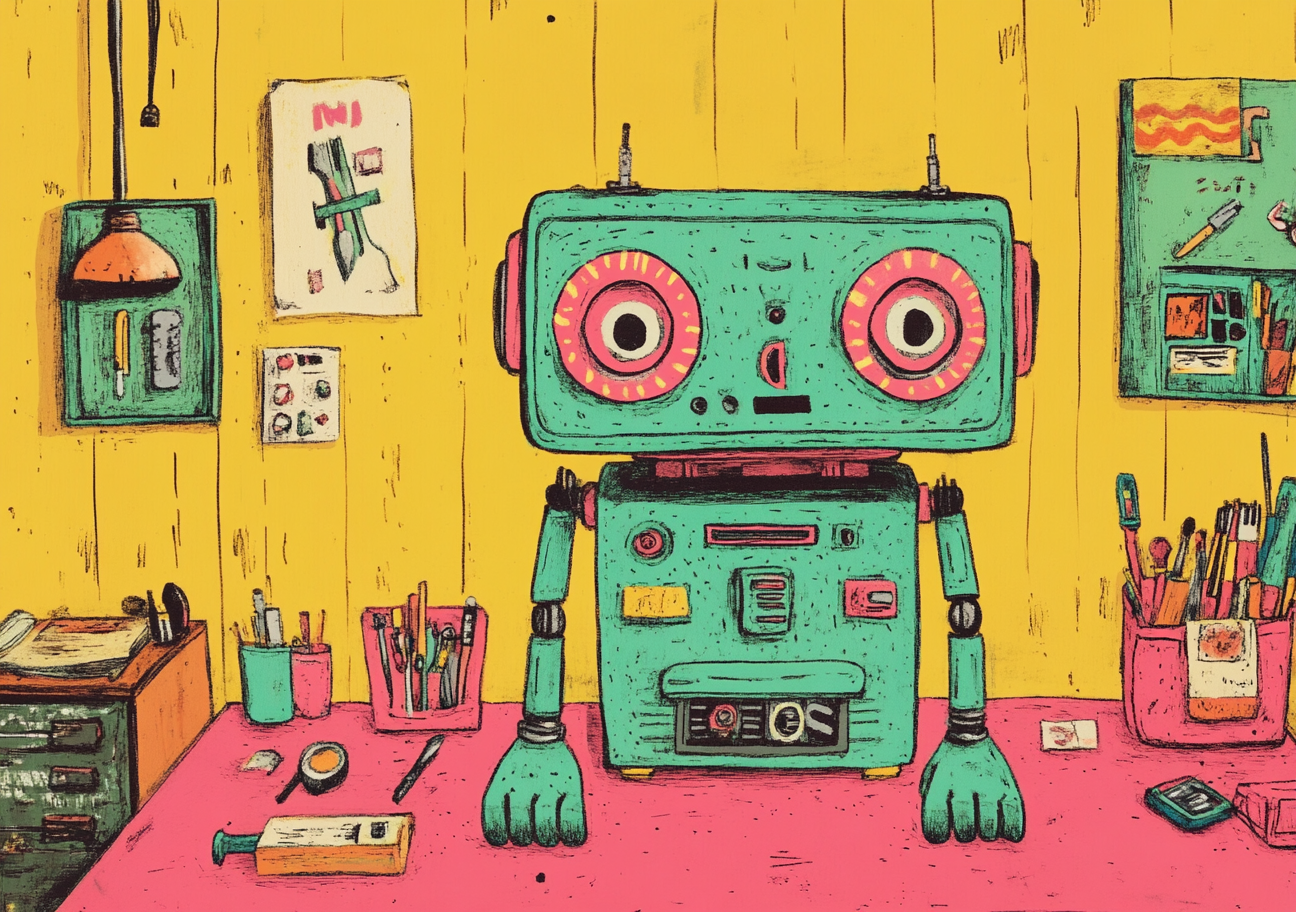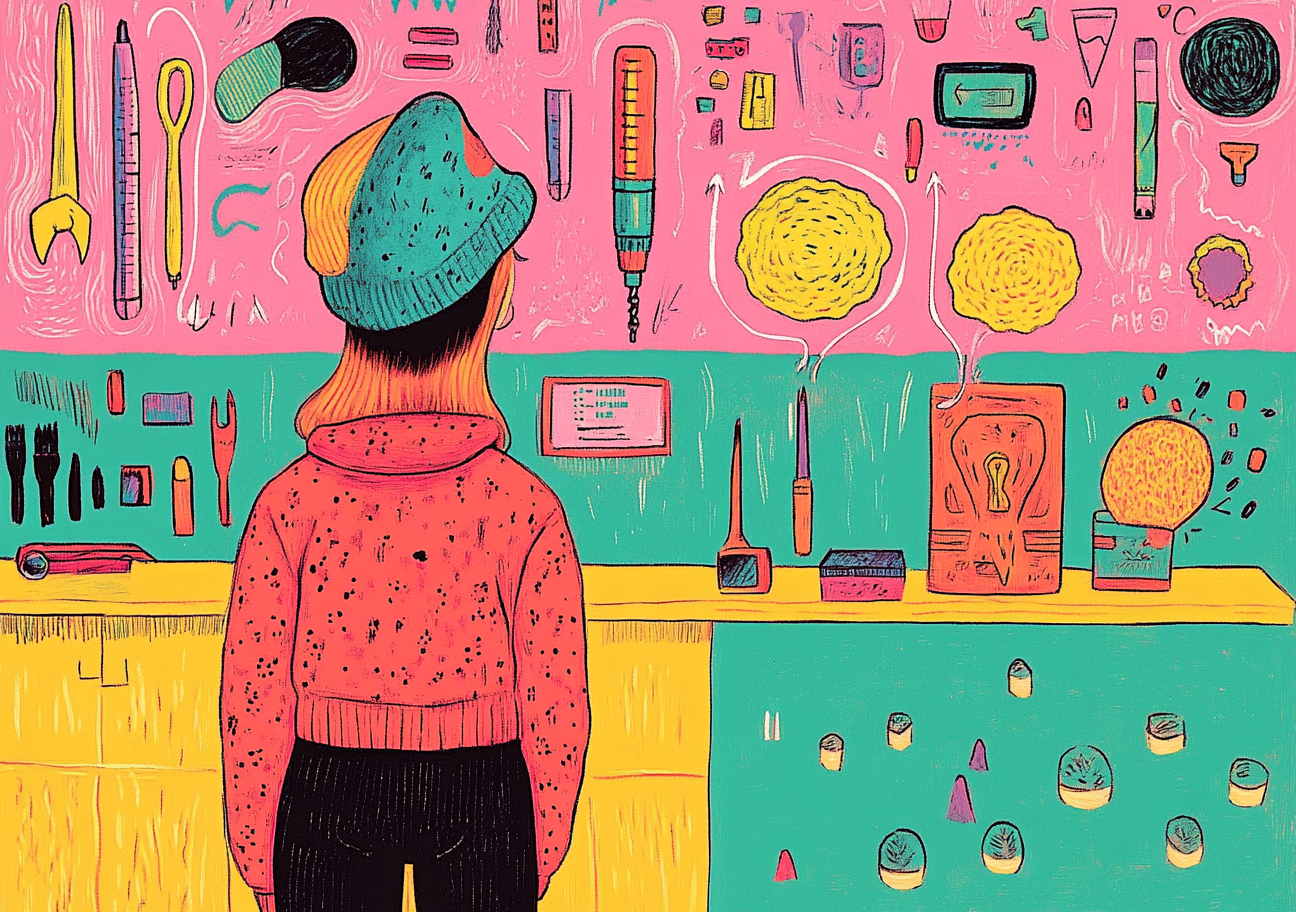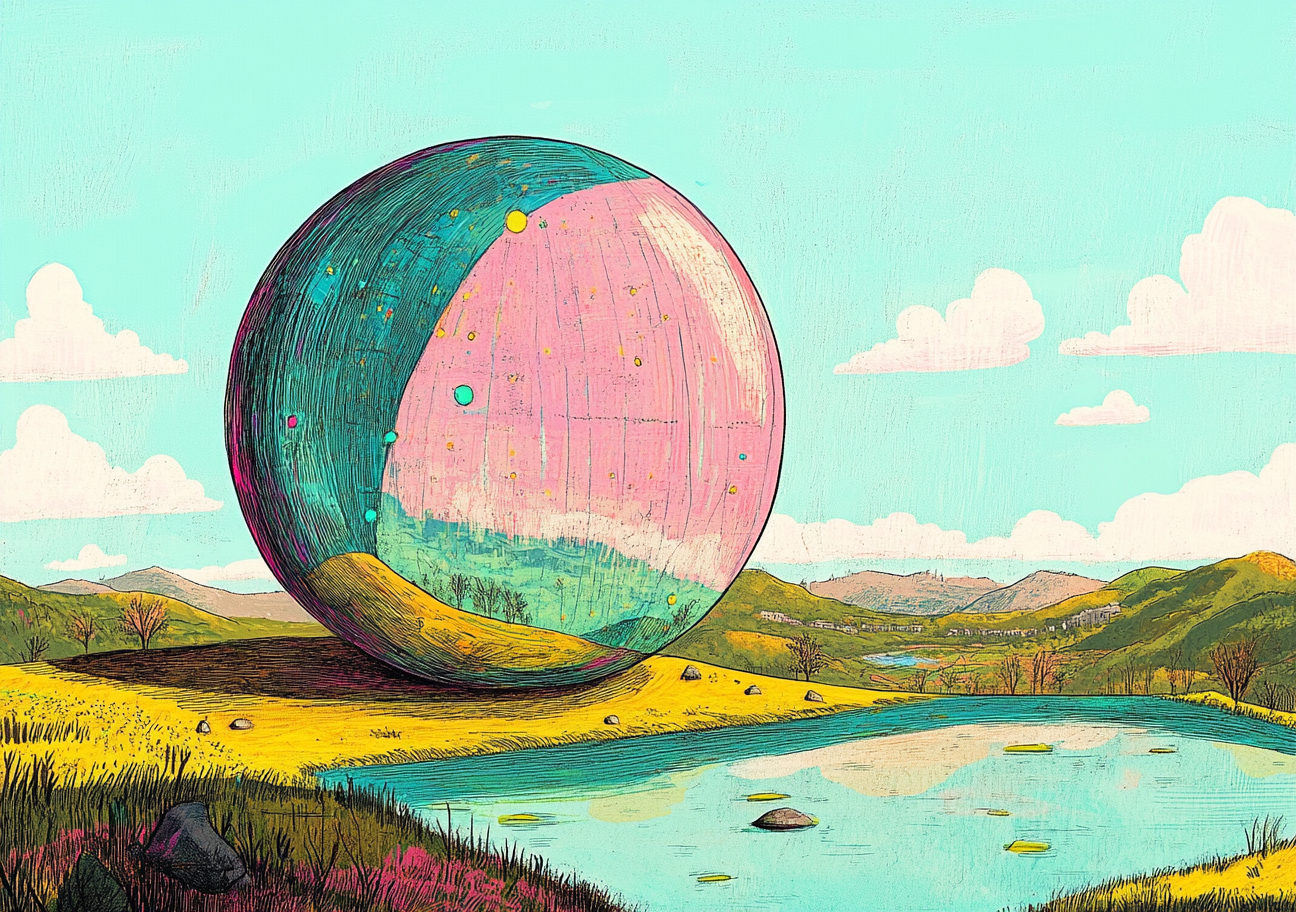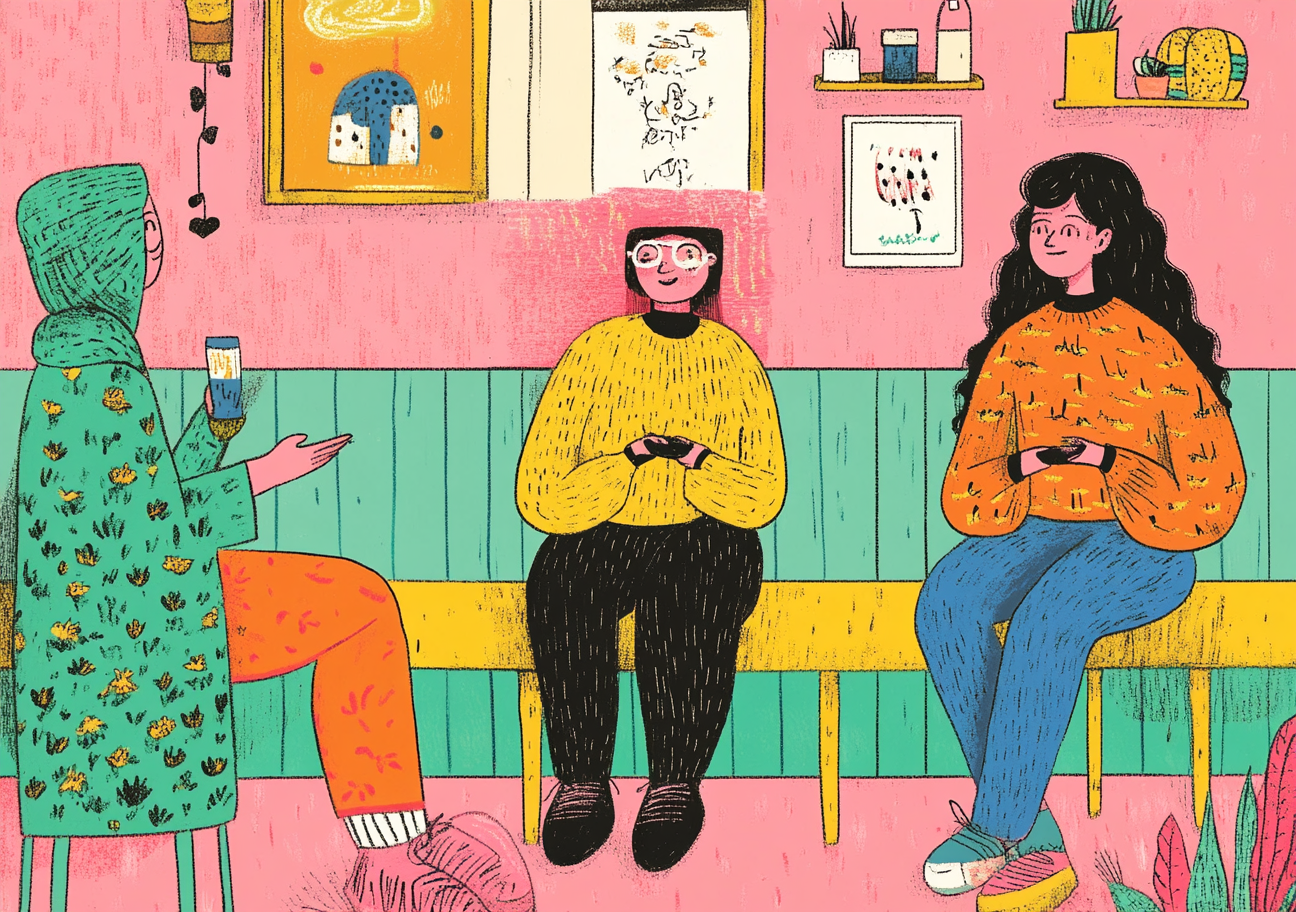True product designers
True Product Designers are creative problem-solvers who combine user research, design expertise, and business strategy to craft meaningful products.
You've probably been there. You hire a designer to help shape your product, but something feels off. They create stunning visuals, polish every pixel, and make things look beautiful - yet the product still doesn't deliver real value. Customers don't engage. The roadmap feels disconnected. Features ship, but they don't solve meaningful problems. The issue? You didn't hire a true product designer. There is a big difference between designers you may not know. The one that can make or break your product.
What challenges does this help with?
I'd put True product designers on your radar and read on, if you're facing these challenges:
A feature factory describes a product development approach focused solely on delivering a high volume of features, often at the expense of user needs and overall product quality. Learn more
A feature factory describes a product development approach focused solely on delivering a high volume of features, often at the expense of user needs and overall product quality. Learn more
No product impact means that the product or feature created does not result in any measurable change or improvement to the customer experience or business outcomes. Learn more
No product impact means that the product or feature created does not result in any measurable change or improvement to the customer experience or business outcomes. Learn more
Low innovation means that a company fails to deliver new features or improvements that meet customer needs, leading to decreased satisfaction and loyalty. Learn more
Low innovation means that a company fails to deliver new features or improvements that meet customer needs, leading to decreased satisfaction and loyalty. Learn more
The most common issues within the organization. You probably won’t be able to get rid of this, once you have a scale, but you can (and should) try to fight it as hard as possible. Learn more
The most common issues within the organization. You probably won’t be able to get rid of this, once you have a scale, but you can (and should) try to fight it as hard as possible. Learn more
High cognitive load means that the team has too many things on their shoulders, making them slower to move or to think. Learn more
High cognitive load means that the team has too many things on their shoulders, making them slower to move or to think. Learn more
Low transparency means people don’t know what product teams are working on, and whether they’re generating impact or not. Learn more
Low transparency means people don’t know what product teams are working on, and whether they’re generating impact or not. Learn more
Why you should care
Too many companies hire designers like they're picking out furniture. "Ooh, that one looks nice!" But design isn't just decoration. They mistake UI designers, visual designers, web designers, or branding experts for product designers. This is a costly mistake - especially in startups, where speed, iteration, and impact are everything.
Hiring the wrong designer can set your company back months, even years. Without a true product designer:
- Your product roadmap may drift aimlessly,
- Features may ship without clear problem-solving value,
- Your product's UX may become inconsistent and fragmented,
- Engineering may spend time building things that don't drive real business impact,
- User research may be overlooked, leading to decisions based on assumptions rather than real user needs,
- You may limit your team's innovation capabilities
A strong product designer helps you prioritize the right things, reduce waste, build product culture, and create a product people actually want.
What is a true product designer?
The design comes in many flavors. I'll tell you about the most common I identified throughout my career. In most cases, product designers are expected to be responsible mainly for user journey maps, wireframing, mockups, and delivering fancy prototypes. Their job, on paper, is to translate business requirements into sleek interfaces. Not always they are a part of a discussion or know the context of decisions being made. How to solve efficiently a problem, you don't fully understand? You see the issue.
So, how different is a TRUE product designer, and how do you find one? Let's break it down.
True product designers think more broadly about the product and business. They understand the product ecosystem and how design translates into measurable goals and metrics (see ). They are problem-solvers who blend design, strategy, and user experience to create valuable digital experiences. The wider set of skills and experiences really helps when working with cross-functional teams (see ). At their core, they:
- think in terms of problems, not just visuals,
- work deeply with cross-functional teams (product, engineering, business),
- use data and user insights to drive decisions,
- iterate fast and embrace lean, agile approaches,
- understand systems, not just screens,
- have a strong product mindset - focusing on outcomes, not outputs.
They're not just making things look good. They ensure that what gets built solves real problems and drives business impact.
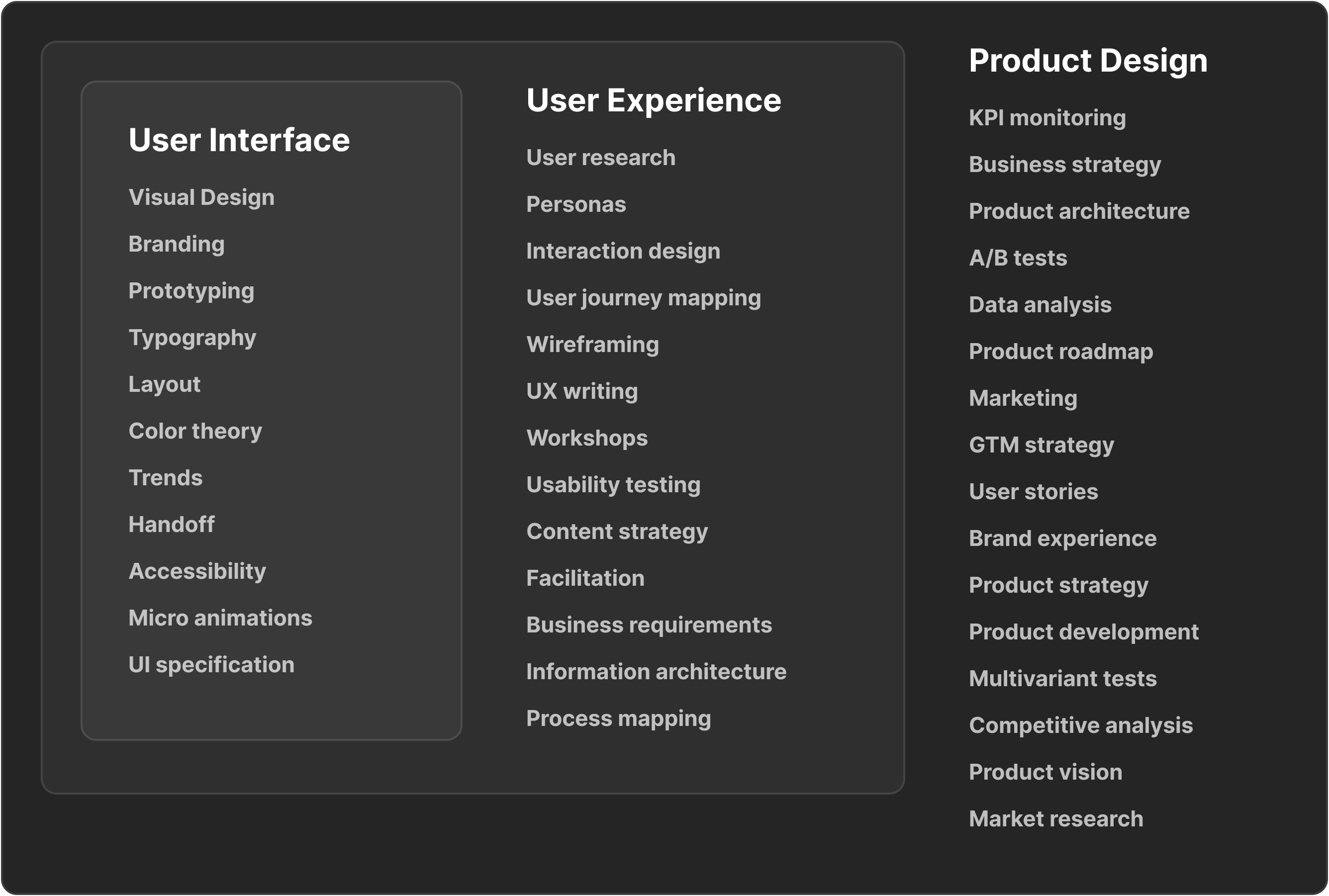
The user interface, user experience, and product design skills
How to hire a true product designer
1. Look for problem-solving skills
Instead of focusing only on the candidate's portfolio visuals, dig into how they approached design problems. Ask:
- What was the problem they were solving?
- How did they validate the problem before designing?
- What constraints did they work with?
- What impact did their solution have?
- How did you measure the impact and effectiveness of the work?
If you're designing something, you need to know why from the business perspective. Pass if a candidate cannot explain their impact in the following four areas: business, product, user, and team.
2. Test their product thinking
True product designers think beyond pixels. In interviews, give them a product challenge and ask:
- How would they break the problem down?
- What trade-offs would they consider?
- How would they validate if their solution is working?
These challenges work best in person. Provide the candidate with a whiteboard or any tools that support their process. The goal isn't to find the "right answer" but to understand their thinking and approach to problem decomposition. "Design a food delivery app" - is he going to jump straight into the interface - hopefully not.
3. Evaluate collaboration & communication
Great product designers don't work in silos. They collaborate with engineers, PMs, and stakeholders. Look for designers who:
- Can explain design decisions with clarity,
- Are comfortable receiving and acting on feedback,
- Can align design with business and tech constraints.
Why are strong communication skills essential for this role? A designer must deeply understand the problem's context, but challenges are often poorly defined. To uncover the real issue, they may need to facilitate discussions, interviews, and workshops. Later, they must also articulate why a particular solution is the best choice. Someone who struggles to present their reasoning (whether verbally, in writing, or visually) can create more confusion than clarity.
4. Check for data-driven decision-making
Ask how they've used data and user research in past projects. True product designers:
- Run research and synthesize learnings,
- Use quantitative data (analytics, A/B testing (see )) to validate designs,
- Iterate based on real user insights.
You might be surprised by how many product designers have never spoken to real customers (see ) and ) or used analytics. Are you willing to bet your product on gut feelings?
At this point, you may be thinking: aren't these the same qualities required of product managers (see )? Yes! Product designers and product managers share responsibilities, particularly in problem definition, user advocacy, and cross-functional collaboration.
But that doesn't mean a designer is a product manager. While both influence the product, their focus and approach differ. Product managers drive the "what" - defining priorities, aligning teams, and ensuring business objectives are met. Designers focus on the "how" - crafting seamless experiences, advocating for usability, and refining solutions through research and iteration.
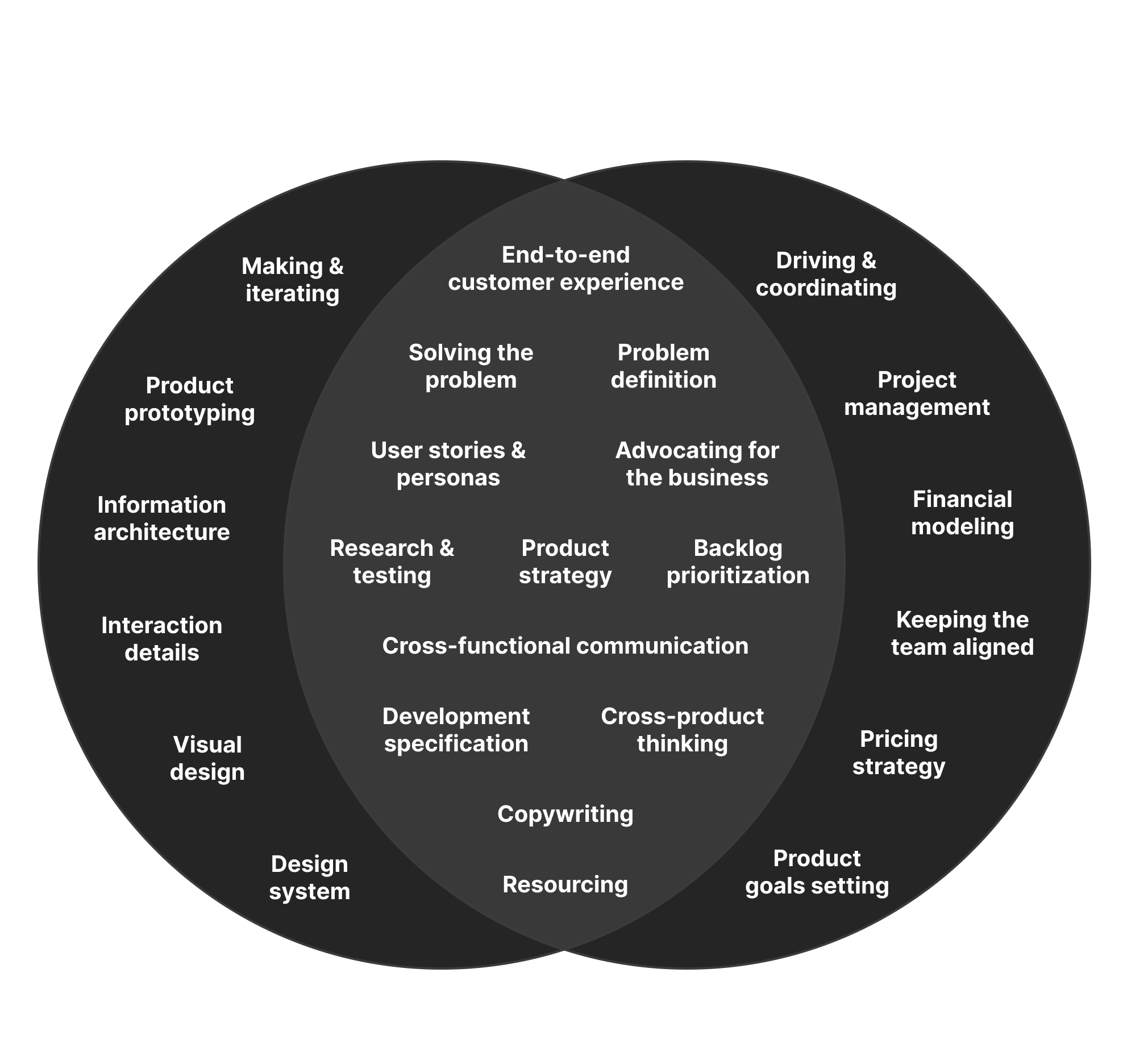
The overlap varies by company. In startups, where teams are lean, designers often take on strategic tasks, while PMs may contribute to UX decisions. In larger organizations, roles are more specialized, allowing designers to dive deeper into user experience while PMs focus on the broader vision and business impact.
Evolving designers into true product designers
Whether you're part of a team or leading one, how can you increase your impact? Making a meaningful change requires a combination of skill development, mindset shifts, and organizational support.
1. Understand better your company
- Encourage the team to think about business impact, not just aesthetics,
- Push them to ask "why" before "how" instead of jumping into designs, have them define the problem first,
- Give them more ownership (see ) over problems, not just solutions.
2. Increase involvement in the Product Development Process
- Include the design team in discovery and strategy: have them participate in user research, competitor analysis, and problem definition,
- Encourage a data-driven approach - introduce metrics and user insights into the design team's workflow, and expect these to be a starting point of any design review
- Expose the team to business constraints and help them understand revenue models, conversion, retention, and technical trade-offs.
3. Strengthen product thinking skills
- Get the team involved in A/B testing and experiment design,
- Give designers more say in the roadmap (see ) discussions and prioritization,
- Have designers shadow product managers and join high-level product discussions,
- Encourage designers to document their design decisions with clear problem framing, hypotheses, and expected outcomes,
- Have designers read product management books (e.g., Inspired by Marty Cagan, Escaping the Build Trap by Melissa Perri).
Be aware that transformation takes time (see ). Start small by giving them ownership of a feature from problem definition to execution. Expand their influence by gradually involving them in prioritization and strategy discussions. Finally - make it official. As they evolve, update their title and responsibilities to reflect their roles.
Tips & tricks
Look for adaptability
Companies move fast - one day, it's all about feature A, and the next, feature B is the new top priority. A great product designer doesn't just survive in this chaos - they thrive. They learn quickly, adapt without losing focus, and don't cling to a rigid process when new insights, user feedback, or business needs demand a pivot.
Even the most talented designers will struggle if they can't collaborate effectively with engineering and product teams. No one wants a "design genius" who disappears for weeks and returns with something completely off-track.
When evaluating designers, look for real stories - how they handled shifting priorities, navigated uncertainty, and stayed productive in the middle of the madness. Because let's be honest, product development is rarely smooth sailing!
Don't get distracted by aesthetics alone
Great visuals are important, but a product designer's job isn't just about making things look pretty - it's about making them work. A strong designer thinks beyond the surface, considering the entire user journey while balancing usability, business goals, and technical feasibility. After all, a stunning UI is pointless if it doesn't solve the right problem.
When evaluating designers, look at how they navigate trade-offs between design polish, functionality, and impact. Do they prioritize accessibility? Do they challenge unnecessary complexity? A designer who thinks beyond aesthetics is the one who drives real results. Hire based on UI skills alone, and you might end up with beautiful screens that don't actually solve anything.
Test their thinking, not just their work
A polished portfolio can showcase beautiful designs, but let's be honest - it doesn't always tell you how a designer actually thinks. That's where live problem-solving exercises, whiteboarding sessions, or case studies come in. These give you a front-row seat to how they break down challenges, ask the right questions, and iterate on solutions (without the luxury of weeks to perfect their Figma file).
Pay attention to how they navigate constraints, collaborate with stakeholders, and justify their decisions. A true designer isn't just someone who's delivered impressive work in the past - they're someone who can keep delivering great solutions in new and evolving contexts. The best way to gauge their skills? Watch them tackle a real problem. Because no matter how sleek their UI is, if they don't understand business goals or user needs, they're just decorating the screen.
Closing thoughts
Hiring a true product designer isn't just about finding someone who can make things look good - it's about finding someone who can make things work. The right designer will shape your product's success, ensuring that every feature, every interface, and every interaction drives real value for your users and your business.
If you're hiring, don't settle for someone who just "designs." Find a true product designer who thinks, solves, and builds for impact.
Want to work on this?
Want to work on True product designers in your team or company?
Your deck stores the challenges and solutions you're working on, tracks your progress, and recommends other cards you can adopt.
Linked cards
Here are other practices related to True product designers:
A design system is a collection of reusable components, guidelines, and standards that helps teams create consistent and user-friendly products efficiently. Learn more
A design system is a collection of reusable components, guidelines, and standards that helps teams create consistent and user-friendly products efficiently. Learn more
Customer Interviews is a research practice where product teams conduct structured conversations with users to understand their needs, pain points, and behaviors. Learn more
Customer Interviews is a research practice where product teams conduct structured conversations with users to understand their needs, pain points, and behaviors. Learn more
Double Diamond is a design process with four phases: Discover, Define, Develop, and Deliver, to solve problems creatively. Learn more
Double Diamond is a design process with four phases: Discover, Define, Develop, and Deliver, to solve problems creatively. Learn more
Prototypes are early models or samples of a product that allow teams to test ideas, gather feedback, and make improvements before final production. Learn more
Prototypes are early models or samples of a product that allow teams to test ideas, gather feedback, and make improvements before final production. Learn more
Jobs to be Done is a framework that helps teams understand what tasks (jobs) customers want to accomplish, focusing on their goals and needs to create better products and services. Learn more
Jobs to be Done is a framework that helps teams understand what tasks (jobs) customers want to accomplish, focusing on their goals and needs to create better products and services. Learn more
Visiontype is a visual representation of product’s idealized future state. Learn more
Visiontype is a visual representation of product’s idealized future state. Learn more
Product Trio is a product team leadership group consisting of three critical roles to deliver high-quality products: a product manager, a designer, and a tech lead. Learn more
Product Trio is a product team leadership group consisting of three critical roles to deliver high-quality products: a product manager, a designer, and a tech lead. Learn more
Hope that's useful!
